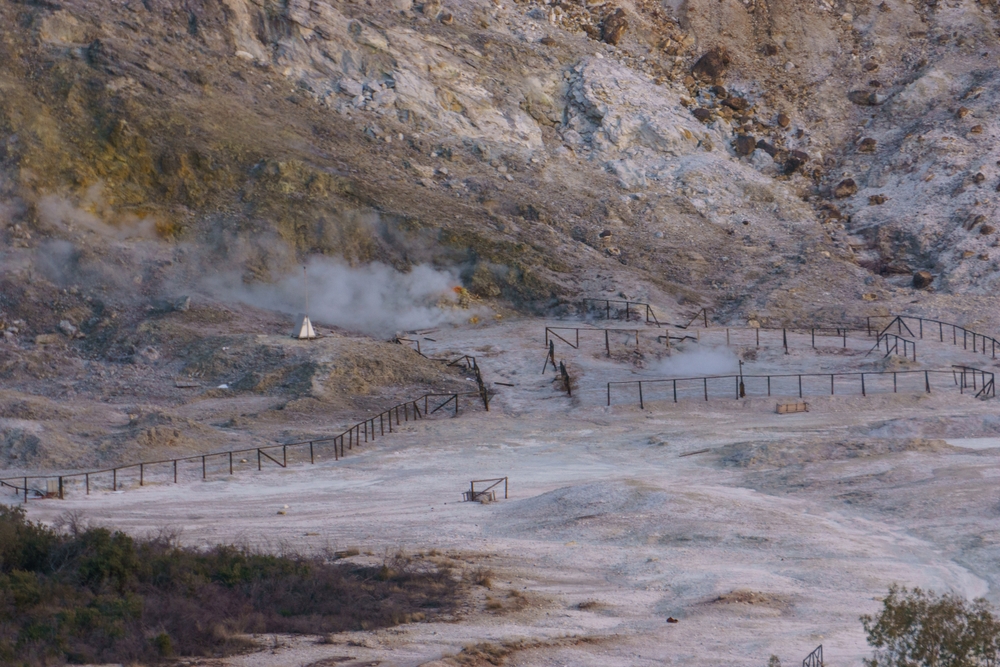Now Reading: Could Italy’s Campi Flegrei Volcano Be on the Verge of a Super-Eruption?
-
01
Could Italy’s Campi Flegrei Volcano Be on the Verge of a Super-Eruption?
Could Italy’s Campi Flegrei Volcano Be on the Verge of a Super-Eruption?

Fast Summary
- Location and History: Campi Flegrei, a volcanic region in Italy, has experienced massive eruptions, including one 40,000 years ago (VEI 7) and another known as Maddaloni/X-6 about 109,000 years ago.
- population Impact: The area is now home to around 400,000 people amidst ongoing seismic activity that warrants deeper research into it’s volcanic system.
- Current Risks: No eruption has occurred as 1538 (rated VEI 3). Though recent ground uplift mirrors pre-1538 patterns, scientists note it might not lead to an eruption.
- Seismic Findings:
– High-resolution imaging revealed three internal structures controlling microseismicity and pressure buildup:
– A fibrous caprock layer near the surface
– A gas-enriched reservoir
– A stable carbonate-rich basement structure.
– Fluid accumulation appears to play a larger role than magma in current unrest scenarios.
- Scientific Efforts: Researchers are studying methods like managing groundwater levels to mitigate seismic activity and are continuously mapping subsurface dynamics for hazard assessment.
Indian Opinion Analysis
The study of Campi Flegrei highlights the importance of advancing geophysical techniques to assess threat zones globally. For India-a country marked by varied geography including seismic-prone areas-this research underscores the key role of interdisciplinary approaches combining imaging technology with fluid management strategies to predict natural disasters reliably. While India’s active volcanoes like Barren Island pose localized concerns compared with densely populated risk zones like campi Flegrei’s vicinity in Italy, lessons derived from this global investigation could enhance preparedness against unforeseen events domestically.By emphasizing education-based outreach for densely inhabited regions and fostering international scientific collaboration on disaster mitigation technologies such as those studied at Campi Flegrei, India can bolster resilience amidst escalating climatic challenges.























